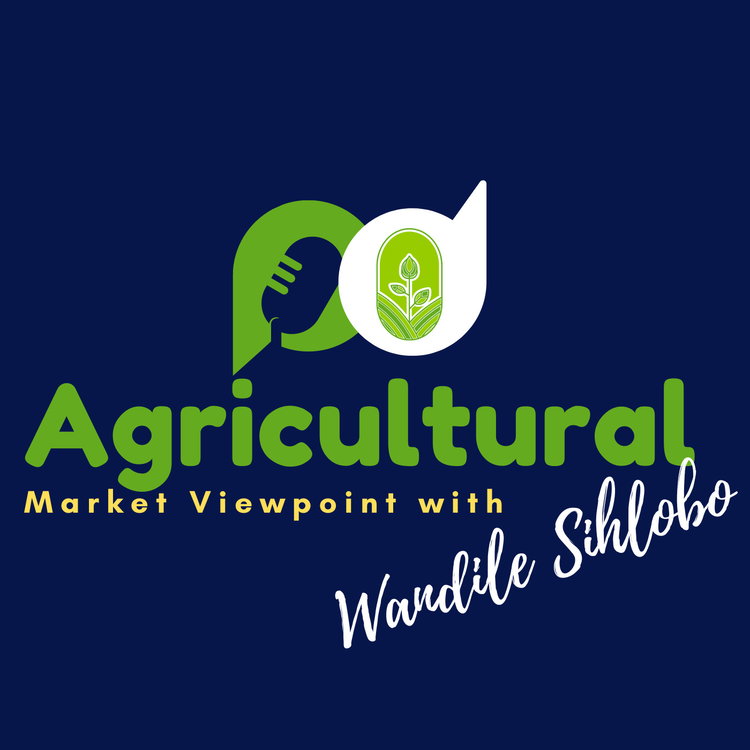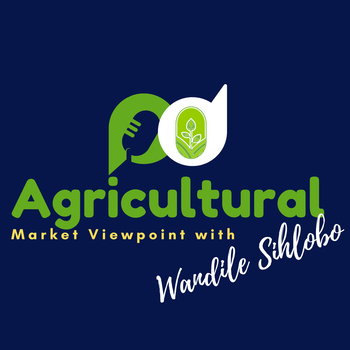
The mid-summer drought was harsh, but SA will still have sufficient grain supplies for domestic consumption
Loading player...
South Africa's agricultural sector has various institutions, organizations and committees that all play specific roles in supporting the sector's growth and sustainability. One of the vital committees housed at the Department of Agriculture is the Crop Estimates Committee. This Committee benefits on skills, among others, from government, academia, and the private sector. Its main task is to provide production forecasts for winter and summer grains and oilseed.
These data are crucial to understanding the country's food security conditions and often influence the market prices of grains and oilseeds in season. For each season, the Crop Estimates Committee typically releases about ten reports. From the fourth monthly report, there is generally some certainty about the expected crop.
We are now at the tail end of the 2023/24 summer grains and oilseed season. This comprises white maize, yellow maize, sunflower seed, soybeans, groundnuts, sorghum and dry beans. Thus, the crop size estimates we have at hand are unlikely to change much and possibly represent an actual picture of the harvest.
For example, in its sixth production estimate released on July 27, the Crop Estimates Committee placed South Africa's 2023/24 summer grains and oilseed harvest at 15,9 million tonnes. This is 0,5% less than last month. The monthly downward revisions are primarily in yellow maize, groundnuts and dry beans. The expected harvest of 15,9 million tonnes is down 21% year-on-year, signifying the sharp impact of the mid-summer drought on the grains and oilseed production.
Maize
A closer look at the data shows that white and yellow maize harvest could be 6,35 million tonnes (unchanged from last month) and 6,99 million tonnes (down 1% m/m). These revisions place the total maize production estimate at 13,34 million tonnes (down 0,53% m/m).
When viewed annually, white maize harvest is down 26%, with yellow maize down 12% from the 2022/23 season. The disparity in the crop decline is due to regions where each crop variety is planted, with white maize predominantly in the western areas of South Africa while yellow maize is in the east. Moreover, yellow maize is typically planted a month earlier than white maize. Rainfall impacts these regions and timeframes differently, ultimately affecting the expected harvest sizes. The expected harvest of 13,34 million tonnes is down 19% from the 2022/23 season.
This expected harvest will meet South Africa's annual maize consumption of roughly 12,00 million tonnes, leaving the country with approximately 1,40 million tonnes for exports (there is also support from the carryover stocks from the previous season). In this export forecast, about 840 000 tonnes will likely be white maize, with 600 000 tonnes likely to be yellow maize, according to data from the South African Grains and Oilseed Supply and Demand Estimates Committee. Still, the estimated exports of 1,40 million tonnes are down notably from 3,40 million tonnes in the previous season.
With that said, maize prices will likely remain elevated for some time because of potentially tighter supplies later in the season and into the first quarter of 2025. The white maize prices are over 40% higher than the levels we saw a year ago, with the spot price closing at R5 490 per tonne on July 26, 2024. At the same time, yellow maize spot prices is about 10% up from a year ago, ending the week at R4 180 per tonne.
The yellow maize prices have not increased much, as the supply risk could be manageable through imports. There are ample maize supplies (yellow) in the world market. The International Grains Council (IGC) forecasts the 2023/24 global maize harvest to be 1,2 billion tonnes, up 6% year-on-year. The prospects for the 2024/25 season are also positive. A majority of this expected global maize is yellow. The stocks are also robust, thus keeping the international yellow maize prices moderate.
These data are crucial to understanding the country's food security conditions and often influence the market prices of grains and oilseeds in season. For each season, the Crop Estimates Committee typically releases about ten reports. From the fourth monthly report, there is generally some certainty about the expected crop.
We are now at the tail end of the 2023/24 summer grains and oilseed season. This comprises white maize, yellow maize, sunflower seed, soybeans, groundnuts, sorghum and dry beans. Thus, the crop size estimates we have at hand are unlikely to change much and possibly represent an actual picture of the harvest.
For example, in its sixth production estimate released on July 27, the Crop Estimates Committee placed South Africa's 2023/24 summer grains and oilseed harvest at 15,9 million tonnes. This is 0,5% less than last month. The monthly downward revisions are primarily in yellow maize, groundnuts and dry beans. The expected harvest of 15,9 million tonnes is down 21% year-on-year, signifying the sharp impact of the mid-summer drought on the grains and oilseed production.
Maize
A closer look at the data shows that white and yellow maize harvest could be 6,35 million tonnes (unchanged from last month) and 6,99 million tonnes (down 1% m/m). These revisions place the total maize production estimate at 13,34 million tonnes (down 0,53% m/m).
When viewed annually, white maize harvest is down 26%, with yellow maize down 12% from the 2022/23 season. The disparity in the crop decline is due to regions where each crop variety is planted, with white maize predominantly in the western areas of South Africa while yellow maize is in the east. Moreover, yellow maize is typically planted a month earlier than white maize. Rainfall impacts these regions and timeframes differently, ultimately affecting the expected harvest sizes. The expected harvest of 13,34 million tonnes is down 19% from the 2022/23 season.
This expected harvest will meet South Africa's annual maize consumption of roughly 12,00 million tonnes, leaving the country with approximately 1,40 million tonnes for exports (there is also support from the carryover stocks from the previous season). In this export forecast, about 840 000 tonnes will likely be white maize, with 600 000 tonnes likely to be yellow maize, according to data from the South African Grains and Oilseed Supply and Demand Estimates Committee. Still, the estimated exports of 1,40 million tonnes are down notably from 3,40 million tonnes in the previous season.
With that said, maize prices will likely remain elevated for some time because of potentially tighter supplies later in the season and into the first quarter of 2025. The white maize prices are over 40% higher than the levels we saw a year ago, with the spot price closing at R5 490 per tonne on July 26, 2024. At the same time, yellow maize spot prices is about 10% up from a year ago, ending the week at R4 180 per tonne.
The yellow maize prices have not increased much, as the supply risk could be manageable through imports. There are ample maize supplies (yellow) in the world market. The International Grains Council (IGC) forecasts the 2023/24 global maize harvest to be 1,2 billion tonnes, up 6% year-on-year. The prospects for the 2024/25 season are also positive. A majority of this expected global maize is yellow. The stocks are also robust, thus keeping the international yellow maize prices moderate.

